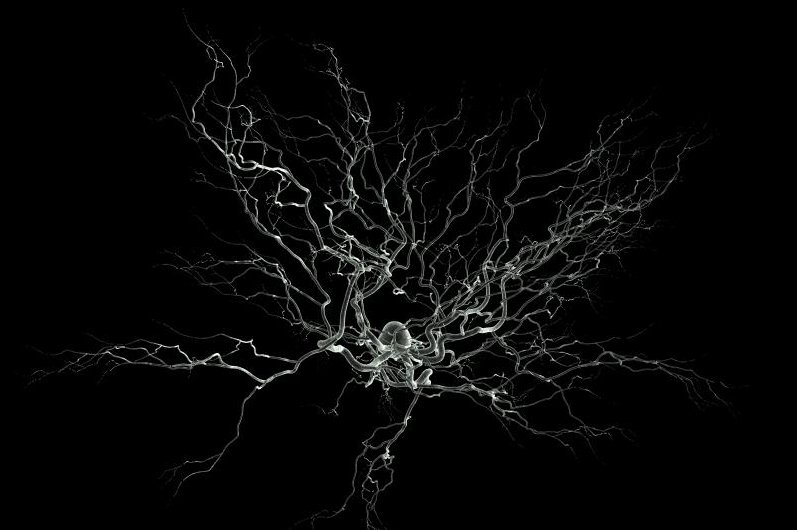COLD SPRING HARBOR, N.Y., Feb. 12 (UPI) -- Scientists at the Cold Spring Harbor Laboratory in N.Y. announced today that they've discovered a new neural circuit linking deep fears with the area of the brainstem that controls behavior.
Fear, the primal response that encouraged our ancestors to keep away from predators and avoid poisonous snakes, is still helpful today. In proper amounts it keeps humans away from danger, like the edge of tall buildings or the middle of a tiger pit at the zoo.
But human fear is complex, and when the system of fear runs amok it can translate to PTSD and a variety of debilitating social anxieties, conditions that keep humans from leading healthy, productive lives.
Scientists say this latest discovery will help them better understand how and why deeper fears and frightening memories effect our behavior.
"This study not only establishes a novel pathway for fear learning, but also identifies neurons that actively participate in fear conditioning," researcher Bo Li said of the discovery. "This new pathway can mediate the effect of the central amygdala directly, rather than signaling through other neurons, as traditionally thought."
Researchers have known for some time that memory is stored in amygdala, deep in the center of the brain. And last year, using new genetic techniques, were able to identify specifically where fear memories are stored in the central amygdala.
Now, as detailed in the latest issue of The Journal of Neuroscience, Li and his team have been able to identify a group of long-range neurons that light the path from the deep fear to the part of the brainstem which controls the fear response -- the midbrain periaqueductal gray.
Li says the next step is to apply their newfound understanding to the study of problems like PTSD. "We are working to find out how these circuits behave in anxiety disorders," said Li, "so that we can hopefully learn to control fear in diseases such as PTSD."
[The Journal of Neuroscience]















